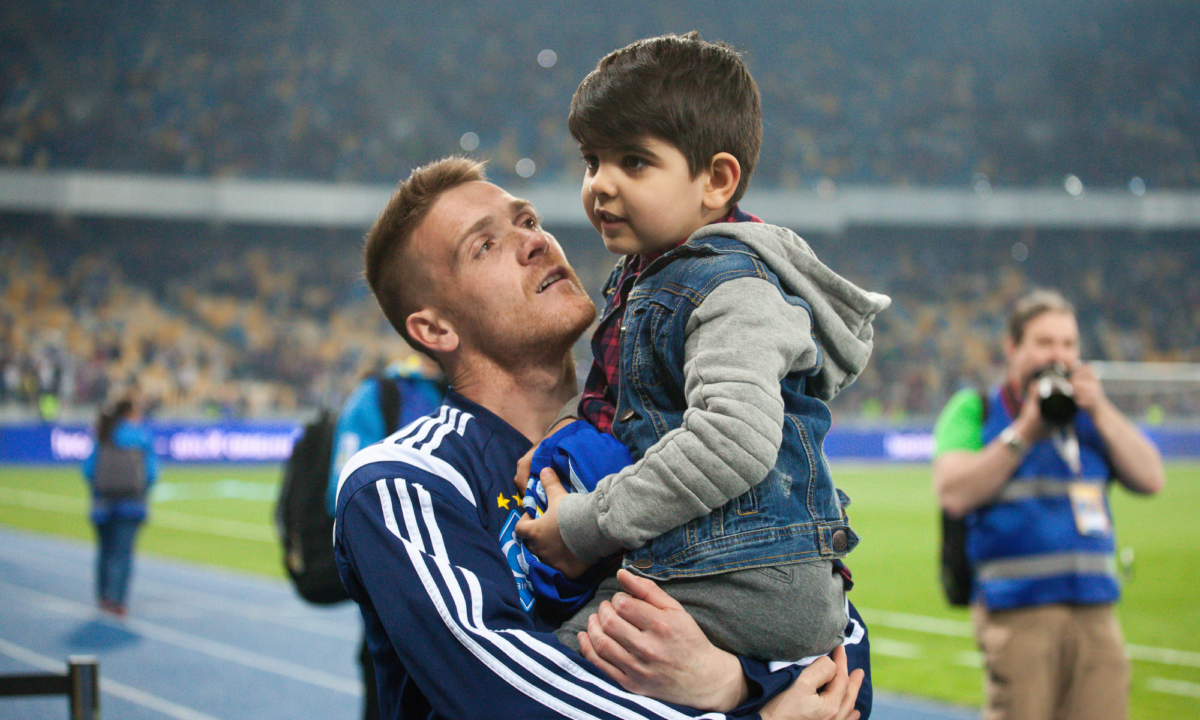
Indice
The evolution of using data in sport
Twenty years ago a Marketing Manager was unable to measure the efficiency of a marketing campaign. Since then digital marketing has revolutionized the way marketers are able to plan, measure and adjust their online activities and a marketing manager can finally demonstrate the ROI of a campaign to the CEO. Similarly, the introduction of data into professional football has been a game changer and an innovative process. Most professional football clubs have been using video data for opponent scouting and player recruitment as well as physical data collected via wearables to manage training load and to prevent injuries for many years already. Fewer football clubs are using match data collected via camera-based solutions and human annotators for opponent scouting and player recruitment, but the number of clubs that do so is steadily increasing. Danish football club Midtjylland have received widespread media attention for using data in its day-to-day operations, while other clubs such as Liverpool, Barcelona, Manchester City and Leicester City have hired talented data scientists to carry out longer-term research projects to gain a competitive advantage.
In this article, however, I don’t want to talk about the importance of gathering and analysing the performance data of the teams and their competitors, but about the necessity of collecting and understanding the data of their fans. But why would their behavioural or anagraphic data be important to anyone? How could it be beneficial for a club?
The importance of fan engagement
Pietro is 35. He is married, has a 7 year old son Davide and lives in Torino, Italy. He has been supporting Juventus FC since the age of 8, when his dad took him to a match for the first time. Next month Davide will turn 8 and Pietro is thinking to make his birthday special by taking him to the next match of his team. Now, wouldn’t it be nice if the club knew this story? If Davide received a welcome message on his cell phone and after finding his seat in the stadium a small welcome pack was waiting for him with a personal birthday note from his favourite player and a 50% discount voucher at the snack bar? I know it sounds like a distant utopia but in North America it is already a practice in many clubs.
As you can see from the example of Pietro and Davide the data do not serve to harass them or to spie on them, but to create a truly personal, unforgettable experience.
Collecting data through the fan journey
Knowing your customers and what they want sounds simple but according to our recent survey few European sport organizations have the tools or resources to do it. It is no longer good enough for clubs to think they know what their supporters want. They need to know precisely what they want and provide them with it. But where can the clubs find all the necessary fan data? During the fans’ customer journey every fan engagement touchpoint may represent an opportunity to collect data. The journey may start at the clubs Facebook page, might continue at the club’s website, or App, then on the ticketing page, on the official online store, finally at the stadium at the entrance, at the bar or at the physical brand store. During this journey you can understand the choices and preferences of your supporters, their habits, likes and dislikes, gender or age. A lot of information to perfectly understand your fans and their needs.
Data integration
Gathering data on different platforms is one thing. Integrating them, combining the various data types and formats into a single location that is commonly referred to as a data warehouse is another. This is the Achilles heel of many projects, the source of long, unforeseen delays or in the worst case the death of ambitious, but less well planned projects.
Integration time and costs can be considerably reduced when using API integrations to connect the different components of the tech stack to make them talk to each other and pass data seamlessly. They’re also important because building automated workflows of different applications that have been integrated via API can get rid of time-consuming manual labor, and also seamlessly transfer data that might otherwise require manual input and incur versioning issues, and enable IT to do more of the important work, faster.
Segmentation of data
Once all the club’s fan data is integrated into a single platform it is time to segment it. Data Segmentation is the process of taking the data you hold and dividing it up and grouping similar data together based on the chosen parameters so that you can use it more efficiently within marketing and operations. One can segment the fan data by gender, age, customer behaviour or preferences. Another popular way of segmentation is the creation of RFM segments, that is to group the supporters by their transactions’ Recency, Frequency or Monetary values into individual clusters.
Visualization
Seeing is believing. Once the fan data is segmented into groups you can visualize those groups on easy-to-read dashboards. Such visualization can help top management to understand the revenue of the club at any moment quickly and to make decisions on the go. The marketing team can also quickly understand the main pains of the club and decide which campaigns to roll out or visualize the efficiency of previous campaigns and calculate their Return on Investment. Visualised data can also be used for more focused sponsor targeting. More data means more creative ways to contract with sponsors and more opportunities to customize stadium advertising.
Acting on the data – Personalised messages and offers
After gathering, integrating and segmenting the data it is time to act on them: to create highly personalised messages to target the specific segments, or combinations of them. In the case of Davide from Torino, the marketing team of the club could create a special segment of first time visitors under 18 and prepare an automated workflow for this sub-segment. Davide would feel very special on his first day in the stadium and would share this unforgettable experience with his family and friends. At the same time other young supporters would have the same, once in a lifetime experience with the club and some of them would start to form a loyal relationship with the club and its players.
Creating such unique, shareable and personalised engagement is the future of sport associations. It is only possible if the clubs gather, integrate, segment and visualize their fans’ data on a single fanbase data platform and act on them. Clubs need to listen to their fans, acknowledge, thank and reward them. Engaging with them is a must and the current digital technologies allow us to connect with them better on or off-site, on the match day, or on any other day.

Head of Sales and Marketing
Zsuzsanna Csuthi is Head of Sales and Marketing, overseeing strategic development, global sales and marketing for the company. Zsuzsanna joined AI6 in September 2019 as Head of Strategic Development, and previously held international sales management positions at multinational companies like General Electric, Axis Communications and Motorola Solutions.

Head of Sales and Marketing
Zsuzsanna Csuthi is Head of Sales and Marketing, overseeing strategic development, global sales and marketing for the company. Zsuzsanna joined AI6 in September 2019 as Head of Strategic Development, and previously held international sales management positions at multinational companies like General Electric, Axis Communications and Motorola Solutions.


